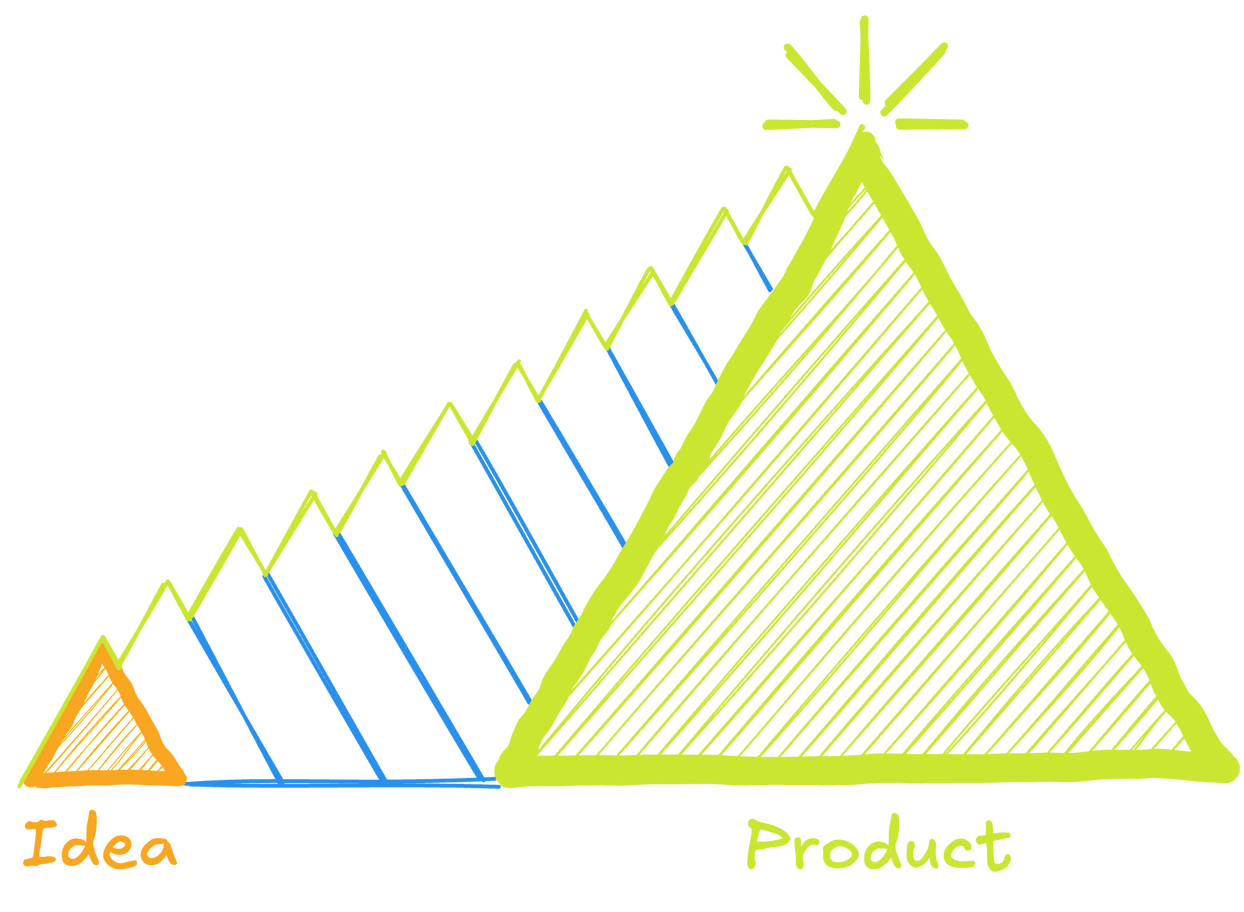
The Agile invention
Framework
Working with an Agency Edition
A Framework for Turning Ideas into Validated Software
The hardest part
of entrepreneurship
isn’t building - it’s inventing.
Build what your users need with
the agile invention framework.
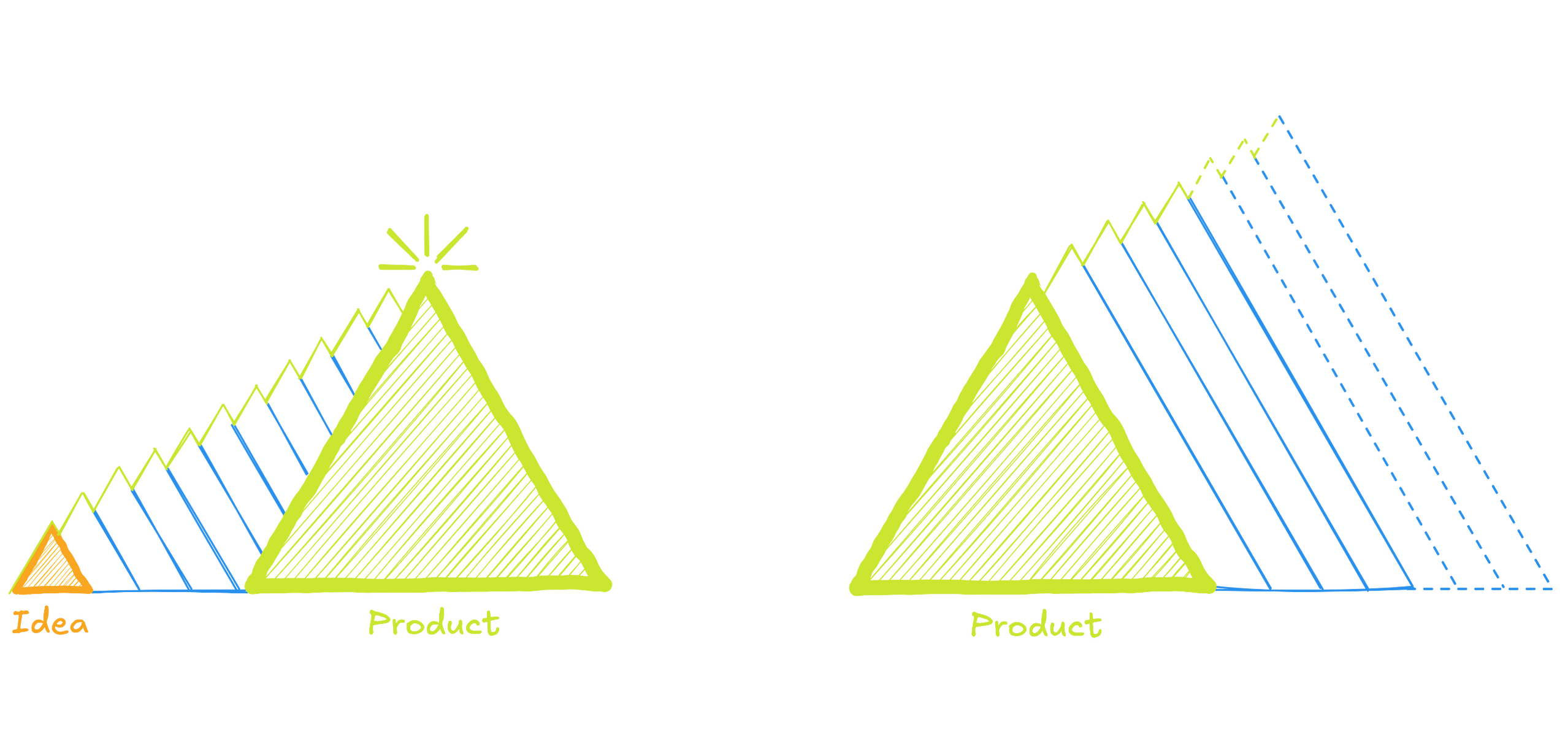
Inventing Software
We can safely turn ideas into products only by doing so iteratively so that we stay agile. Far too many founders rush to develop. It is important to invent carefully because poor invention and not poor building fails startups.
Building instead of inventing seems like better progress short term and this is a common way for inexperienced founders to fail. Bad decisions are permanently solidified early on.Reality is unforgiving and unchangeable - it will expose any misconceptions we have about it once our product meets it. We must observe it closely, objectively, and shape our product to align with it as much as possible. It is important that we introduce our product to reality early and frequently so that we make it compatible with it.
This is what The Agile Invention Framework is about.
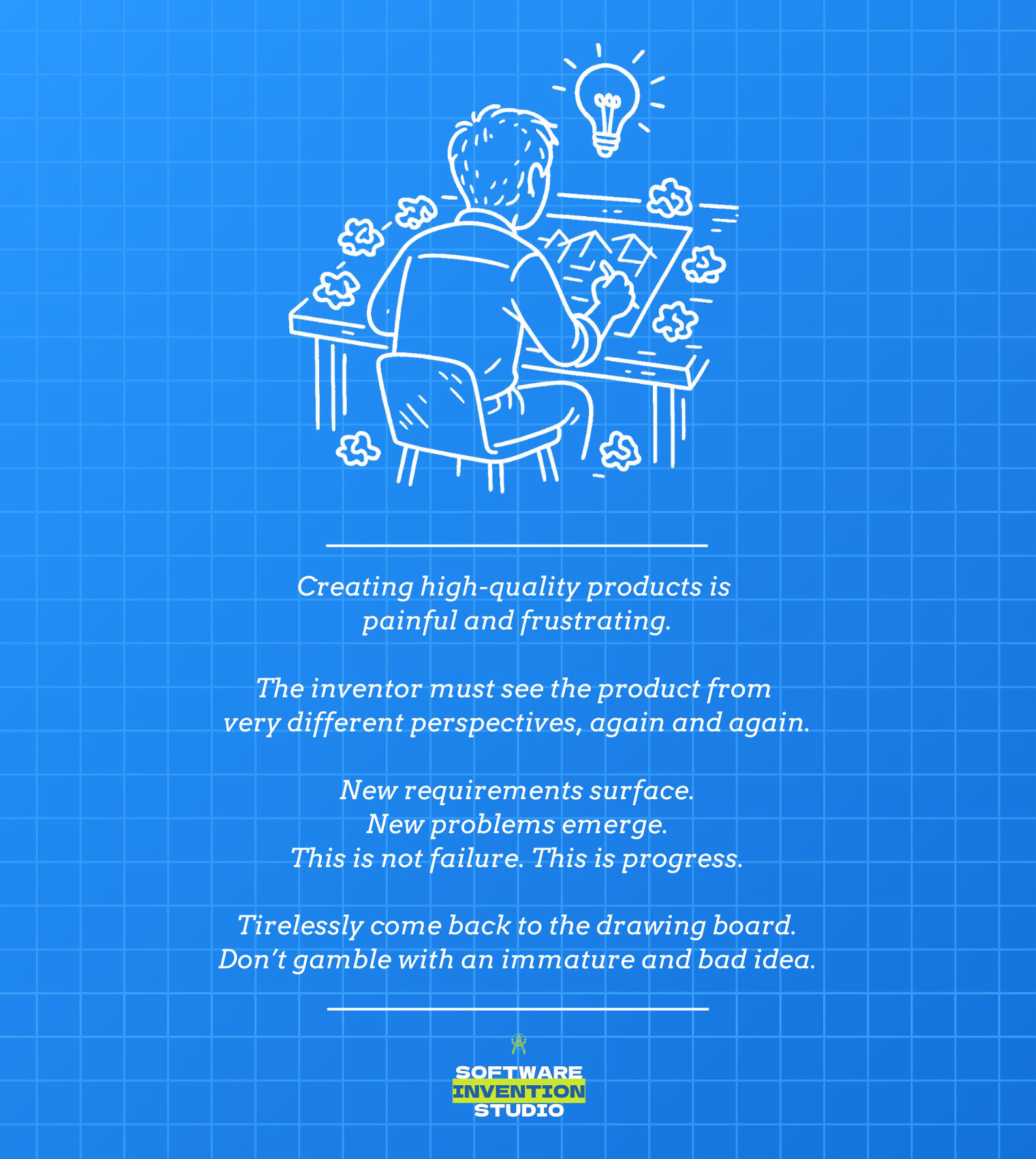
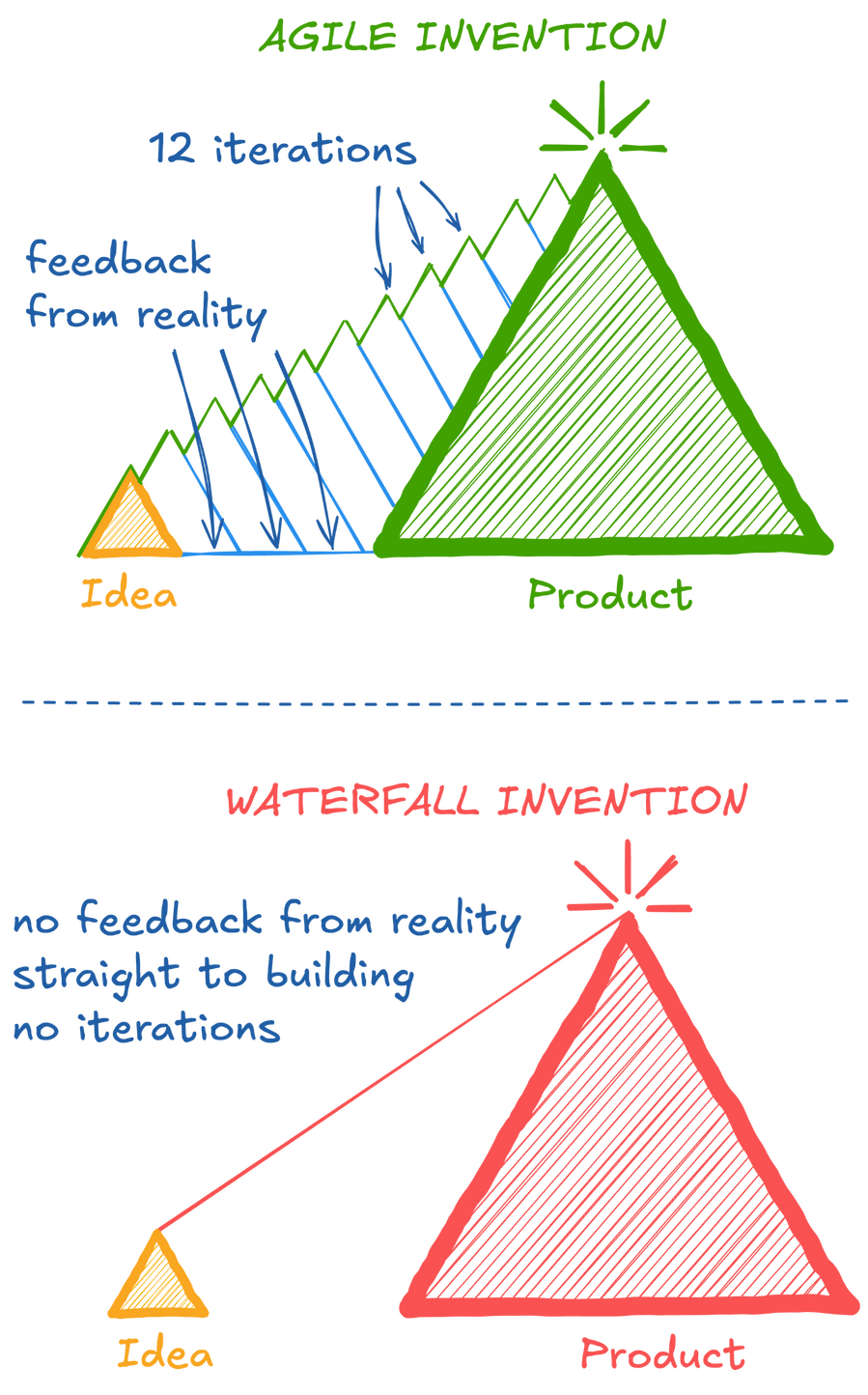
Agile is Safe.
With an agency is safest.
When we are not certain what the deliverable of a project should be exactly, it is industry standard to use an Agile methodology. This applies to Project Management, Development, Marketing, etc. But it seems that we don't yet have an Agile way to invent.
Until now.
The Agile Invention Framework equips non-technical founders with the right mindset, skills & tools, and clear steps to turn their ideas into successful software products - safely.If you have an idea for a software product, there are two paths you can take:
1. Build your own team, possibly with a technical co-founder.
2. Partner with an experienced agency.This edition of the Agile Invention Framework focuses on the second, safer path - working with an agency.
It is safe, because agencies have experience in turning ideas into products and can even take upon themselves the risk of doing that.
Get the manuscript
Request early access to The Agile Invention Framework manuscript before it is published.
Inside, you’ll find a practical, step-by-step guide packed with real-world examples designed to help you confidently turn your ideas into successful software products.
Written by Ivan Kiryazov
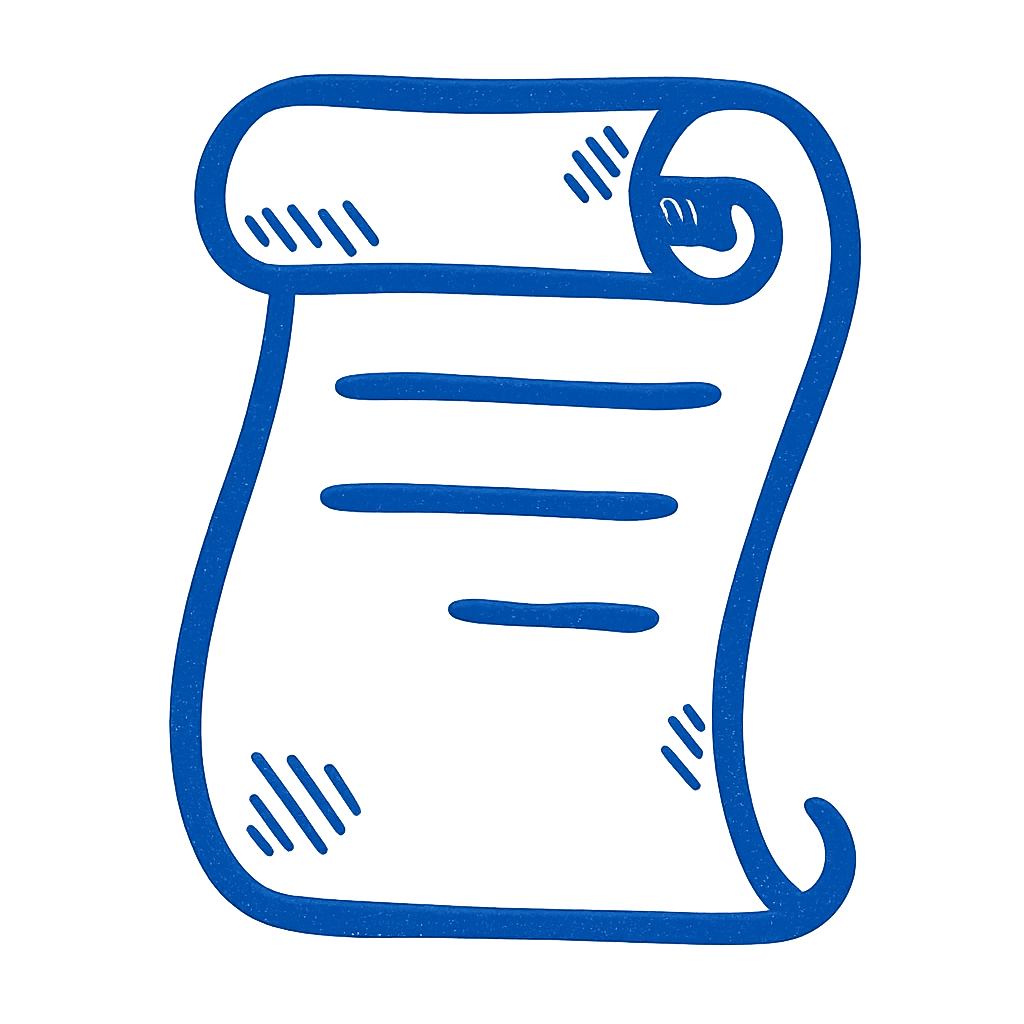
THE Agile invention FRAMEWORK CONTENTS
🧘
mindset
Creating validated software the Agile way is not common today. That’s why adopting the right mindset is key to reaching Product-Market-Fit faster.
⛰️
12 iterations
We turn an idea into a product in 12 Iterations, so there are enough chances to contemplate, improve and validate the product. This is how we do Agile Invention.
🧰
SKILLS & TOOLS
In order to push through problems and progress quickly towards Product-Market-Fit you will need to be familiar with a set of Skills & Tools.
🧘
mindset
Challenges ahead!
Without clear structure, things tend to fall apart.
Common issues founders face include:
➔ Building something customers don’t need.
➔ Endless bugs with no stable version in sight.
➔ A dev team that doesn’t understand the product and makes poor decisions.
➔ Missed deadlines and no clarity on when launch will happen.
➔ Runaway costs with no turning back - you feel trapped.
➔ Chaotic processes that are slow, stressful, and inefficient.
➔ Realizing too late that your goals could’ve been met for a fraction of the cost.
People have not been trained to invent. The knowledge is scattered, disjoined and good practices are ignored.
Progress closes doors
Invention moves quickly by nature. If you rush it, you’ll likely grab the first idea instead of the best one.Each decision (the circles on the drawing) closes off other paths. Early in the process, possibilities are wide open - but once you progress, options shrink and the cost of change gets higher. That’s why you should move deliberately when inventing. Some paths you skip might have led to real success.Don't kill success with speed.
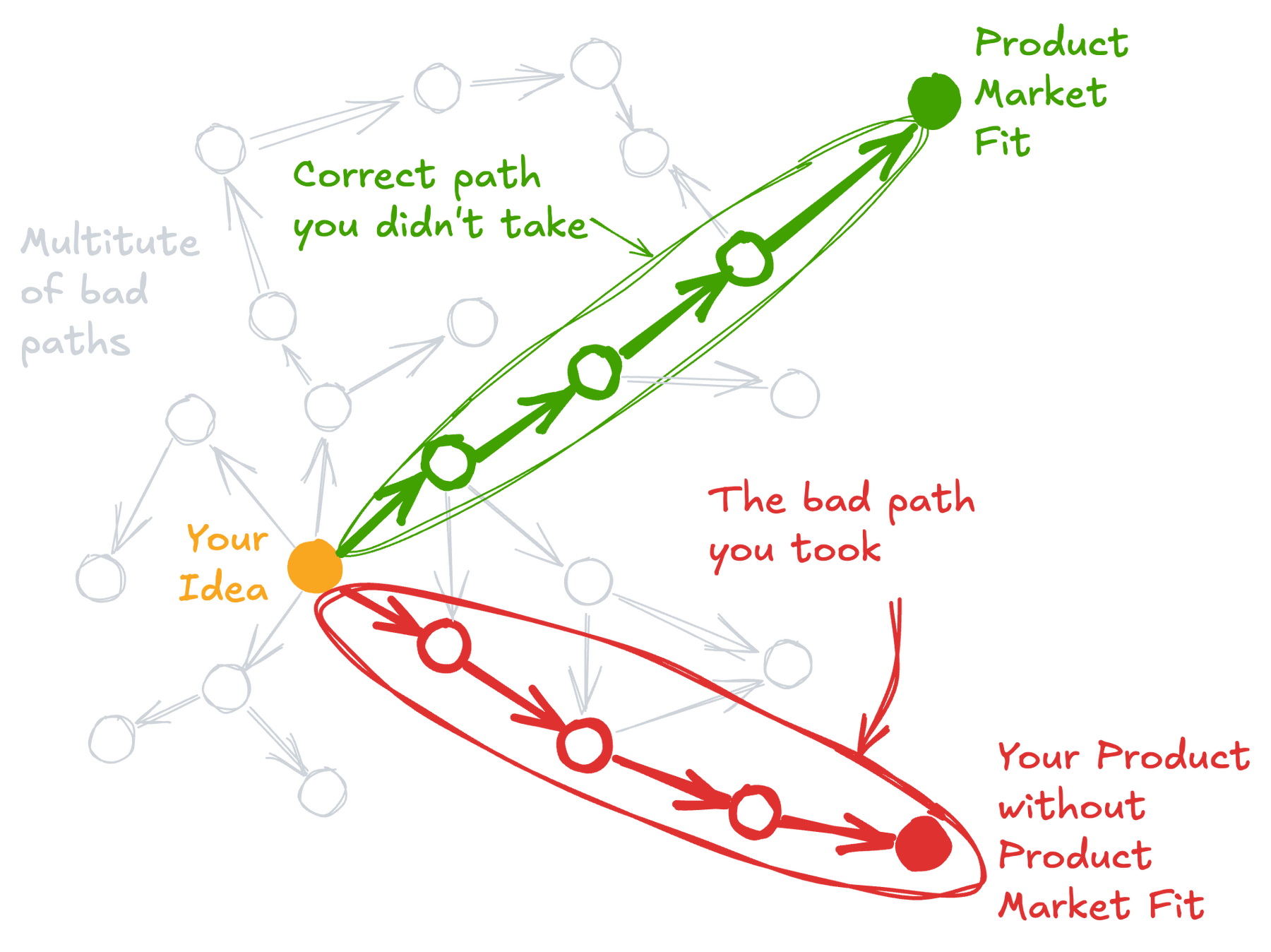

Ideas, grounded in reality
Great products are visionary, but grounded in reality.
The inventor's goal isn’t to preserve the original idea unchanged, but to shape it into something that creates real-world impact.
At every step, we are agile, we refine the idea by imagining or seeing how it interacts with reality - and adapting it accordingly. The more ambitious the product, the better rooted in reality it must be.Great software isn’t invented in isolation. It’s discovered through observation, shaped by iteration, and perfected through use. What looks like a stroke of genius is often the result of relentless refinement.The Agile Invention Framework teaches you how to adapt your product to reality before launch.
The
Duties of the Entrepreneur
Some entrepreneurs mistakenly believe that since they work with an experienced Development agency, they can step back and let the development team handle the work.But that’s not how it works.You might not be responsible for writing the code but you are accountable for the outcome.In The Agile Invention Framework you will learn how to:
➔ Foster accountability within the team.
➔ Improve clarity to reduce misunderstandings.
➔ Give the right feedback at the right time.
➔ Motivate the team effectively.People have a tendency of living up or down to your opinion of them.
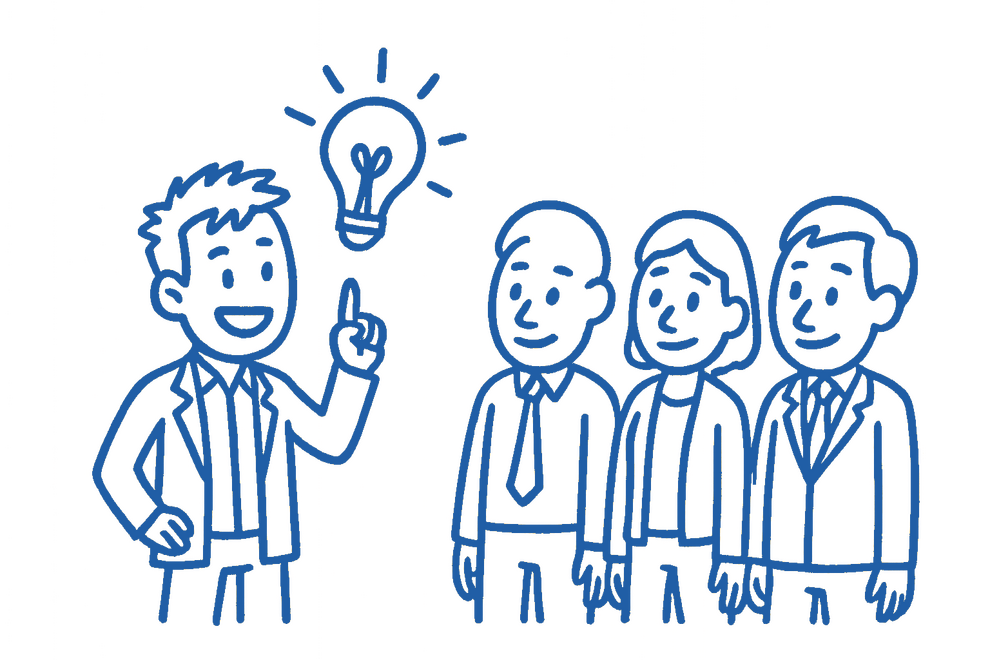
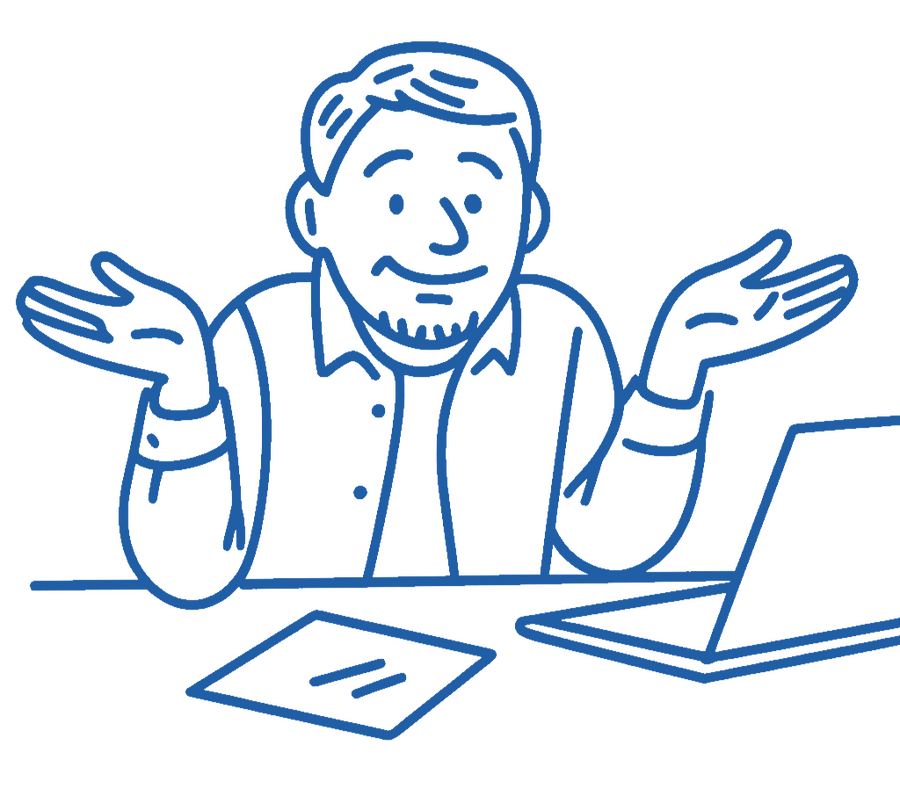
Never fully trust
an agency
As someone who runs an agency, I’m very familiar with the ways agencies often fail to act in their clients’ best interest. Sometimes it’s due to incompetence, but most often, the problem lies in misaligned incentives between the founder and the agency:
➔ Overpromising.
➔ Overcomplicating the work. Doing billable work, which does not always align with your goal of creating customer value.
➔ Rushing to start work sooner.
➔ Underestimating costs and timelines.
➔ Cookie-cutter approach.
➔ Selfish tech choices.
➔ Prioritise form over function.
➔ Ignoring SEO.
➔ Poor communication.
➔ Shallow understanding of your business.In The Agile Invention Framework I will help you understand these risks and mitigate them.
⛰️
12 iterations

12 iterations
The Agile Invention Framework has 12 Iterations, spread out to allow for contemplation, validation and improvement of the idea on its journey to a product. We seek to achieve the ultimate goal - Product-Market-Fit not when we launch, but much earlier - while we invent.We don’t really know what our product will be while we invent. We gradually discover that.At each of the 12 stages, we create complete product iterations - each more detailed than the last. Using various techniques we imagine or observe how reality interacts with our idea.The better the technique - the stronger it will act upon your idea. The more techniques we perform, the better the compatibility between the idea and the reality it will encounter soon.The Agile Invention Framework will teach you:
➔ What techniques to use for validation.
➔ Multi-vantage point validation.
➔ The criteria against which you will validate.
Iteration 1:
An Idea
Your idea is fragile and needs protection from early criticism. But you must also stay flexible and be ready to change or abandon it.Even if your idea is not completely wrong, parts of it almost certainly are. The Agile Invention Framework will help you uncover these flaws with real-world feedback. The sooner you accept this, the better. Your job is to find what’s wrong and fix it quickly and cheaply. Every successful startup begins with a flawed idea - what matters is how fast you adapt. Embrace this, and you’ll be in a strong position to build something people can’t live without.
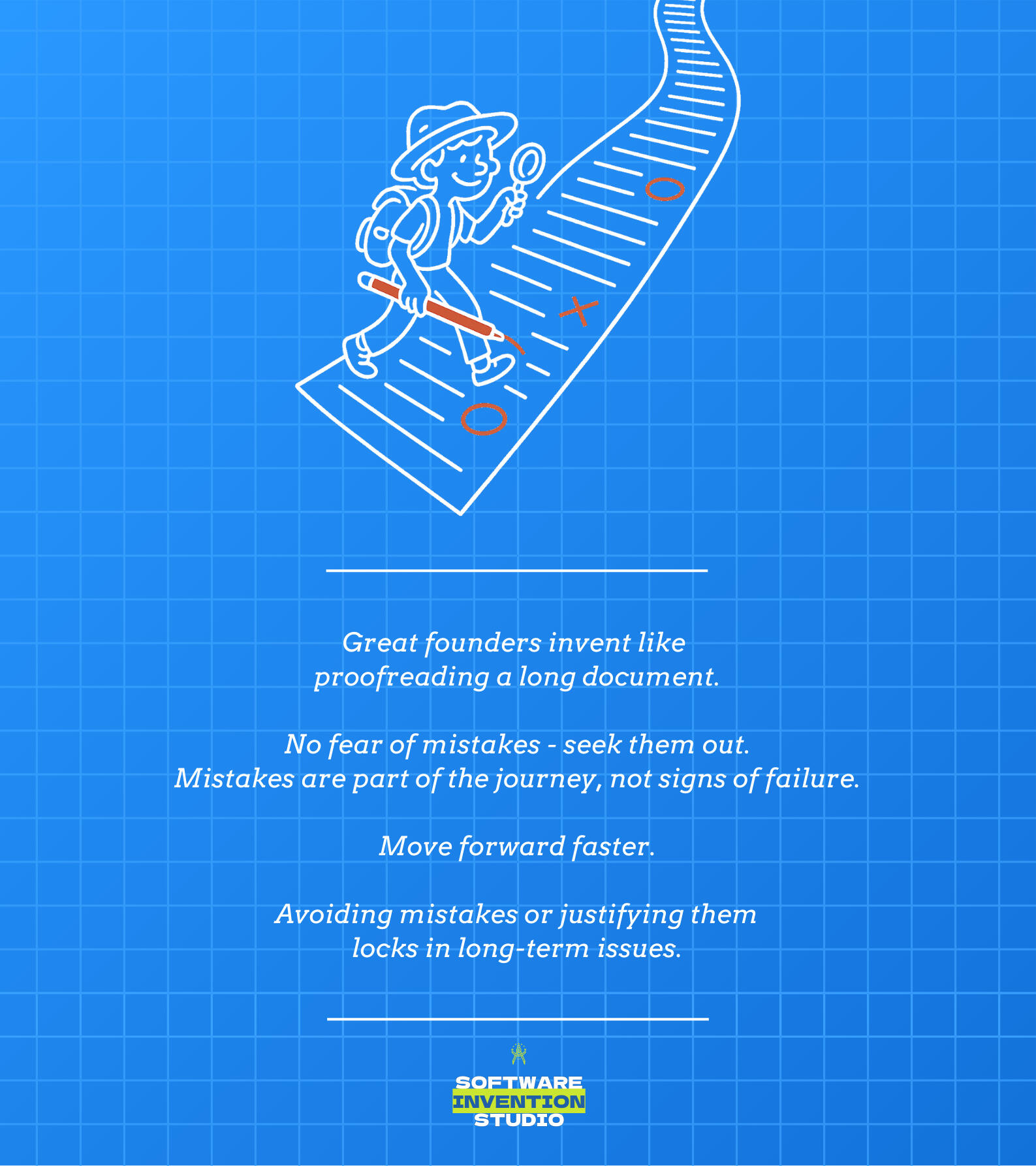
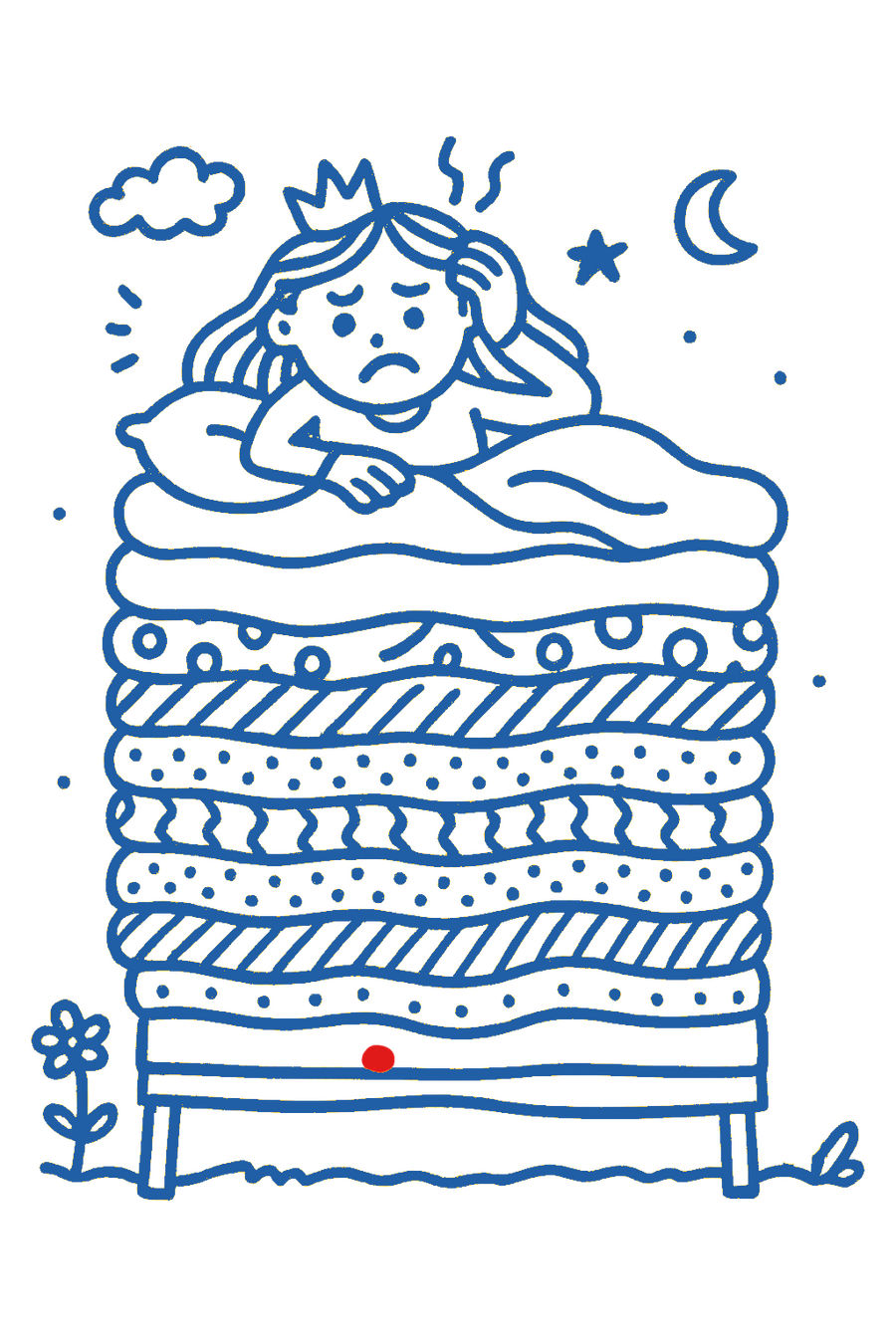
Iteration 2:
the Primal Problem
“Good designers never start by trying to solve the problem given to them: they start by trying to understand what the real issues are.”
- Don Norman, The Design of Everyday ThingsJust as doctors, we need to spend the time to understand the root cause of the problem our users have.The Agile Invention Framework will help you:
➔ Acquire as much information about the problem as possible.
➔ Understand and define the problem.With a good Primal Problem, the solution is often more efficient, holistic, innovative, better accepted and lasts longer. Additionally, the team is more focused and motivated.Fall in love with the problem, not the solution. The goal of your startup is to solve the right problem, not just build a product.“A problem well stated is a problem half-solved.”
- Charles Kettering, head of research at General Motors from 1920 to 1947
Iteration 3:
Peeking into Reality
It is too early to validate our idea as we don’t have anything tangible, this is why we will now try to predict how reality will interact with our idea.
At this stage we don’t observe real interactions, we only imagine. We will gain insights and will further develop our idea, making it better suited and more likely to impact the real world positively.Among the many valuable techniques that The Agile Invention Framework will teach you, the most powerful is probably the Assumptions List. It is essential for guiding the validation that we will soon do with desk research, prototypes and MVP.Most unsuccessful products fail because, early on, there was an assumption that everybody accepted at face value and, at some point, proved inaccurate.
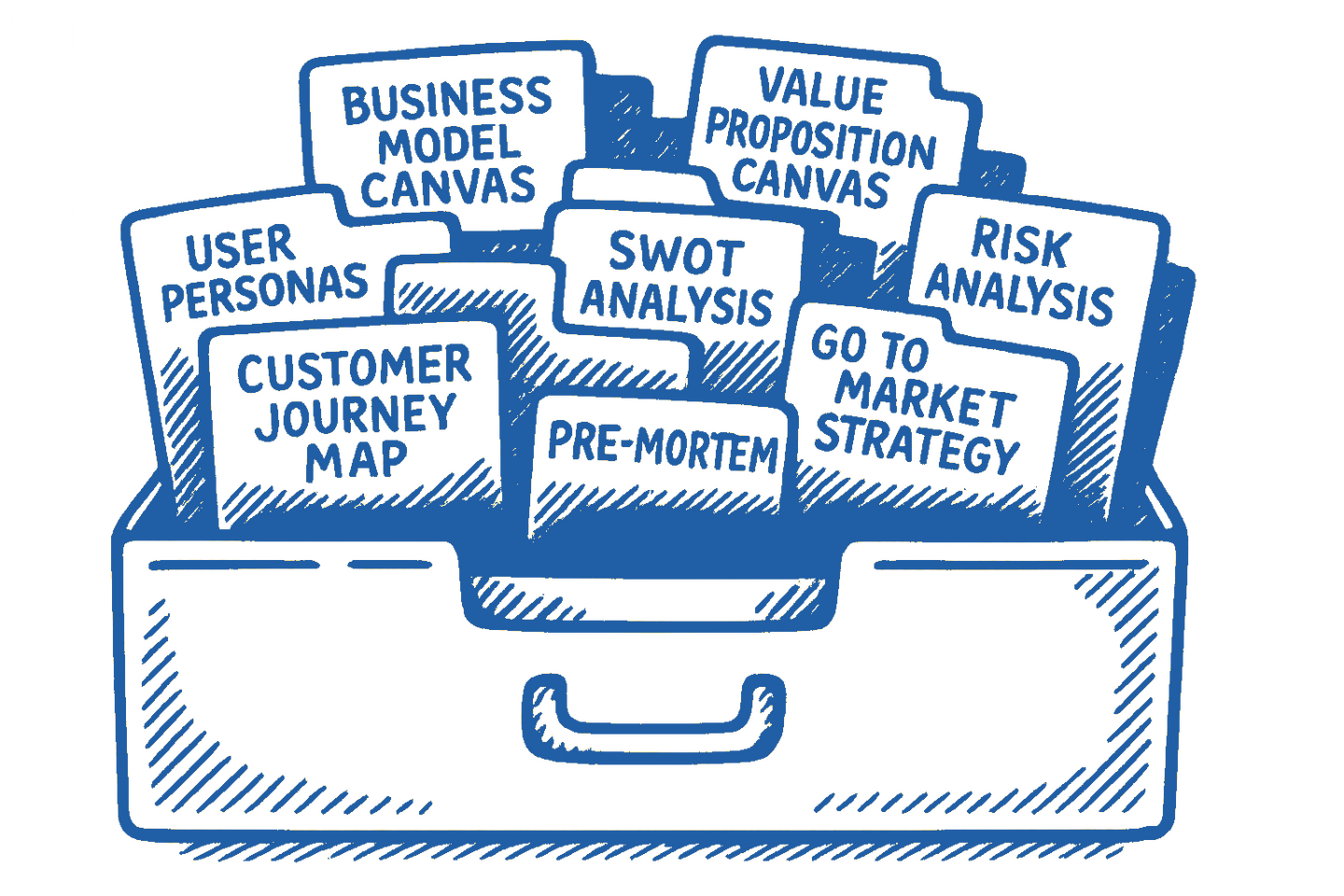
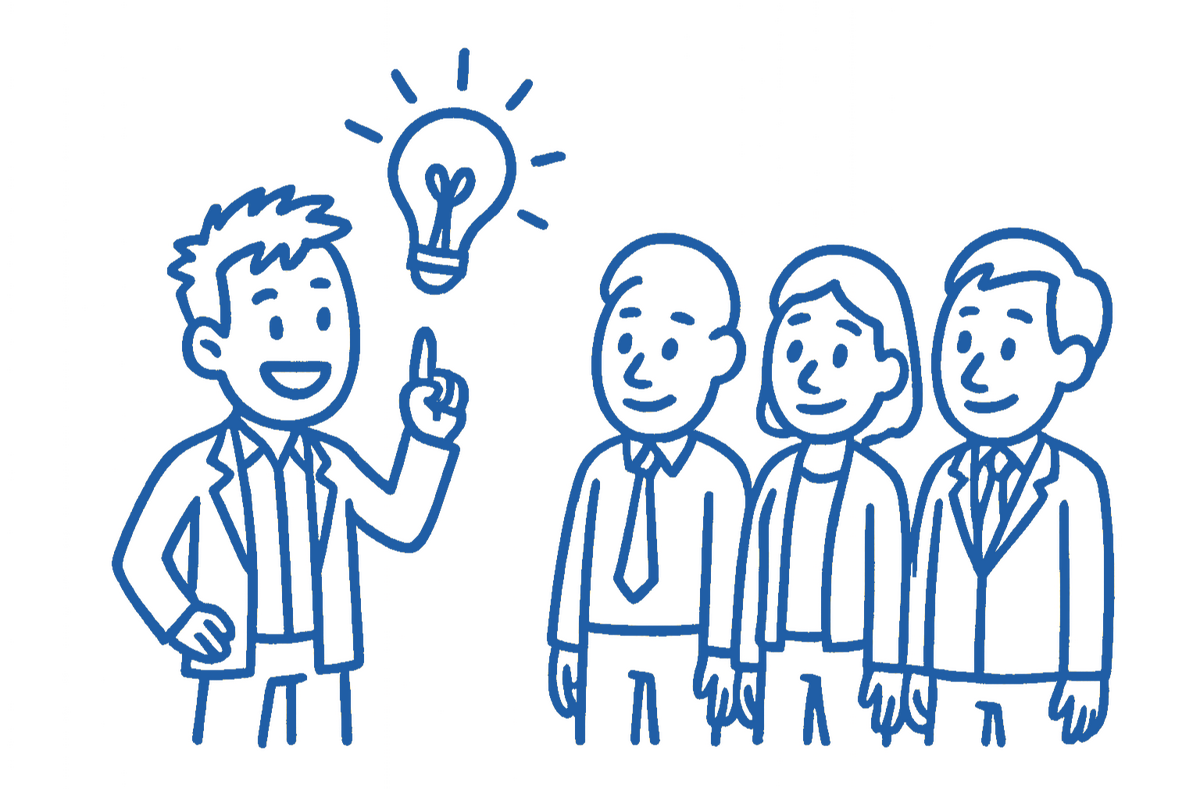
Iteration 4:
Elevator Pitch
An Elevator Pitch is a short, persuasive intro of your product in about 30 to 60 seconds. It aims to spark interest in the listener, conveying the essence and value of the idea clearly and succinctly. You’ll use it with stakeholders both now and throughout your journey.
Iteration 5:
Product Brief
The Product Brief is a concise and detailed, 5-minute read that clearly explains your product. You’ll use it to inform partners about the product you’re building.With The Agile Invention Framework you will learn how to write a good Product Brief so that your partners and stakeholders are aligned on what your product is at this stage of its invention.
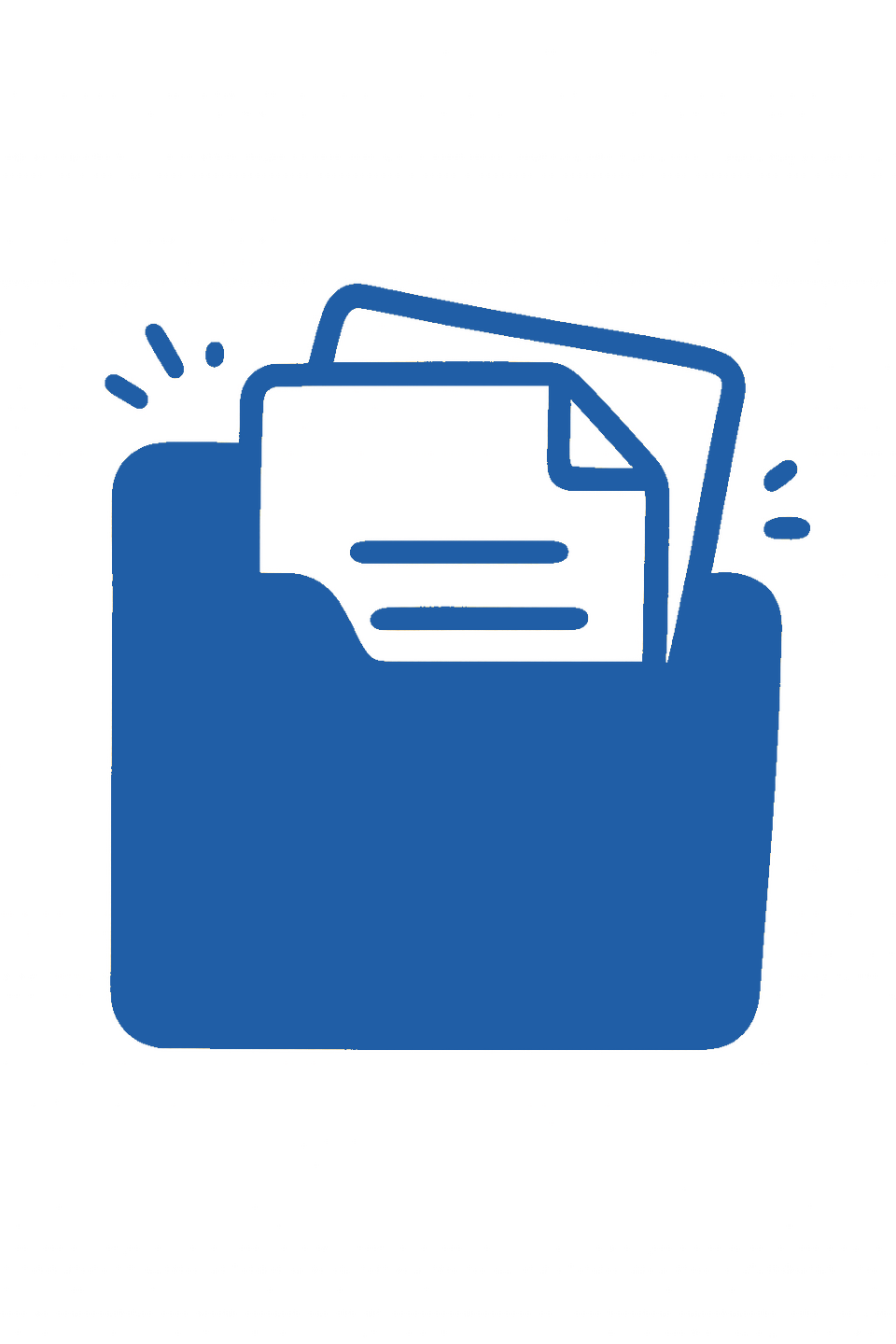
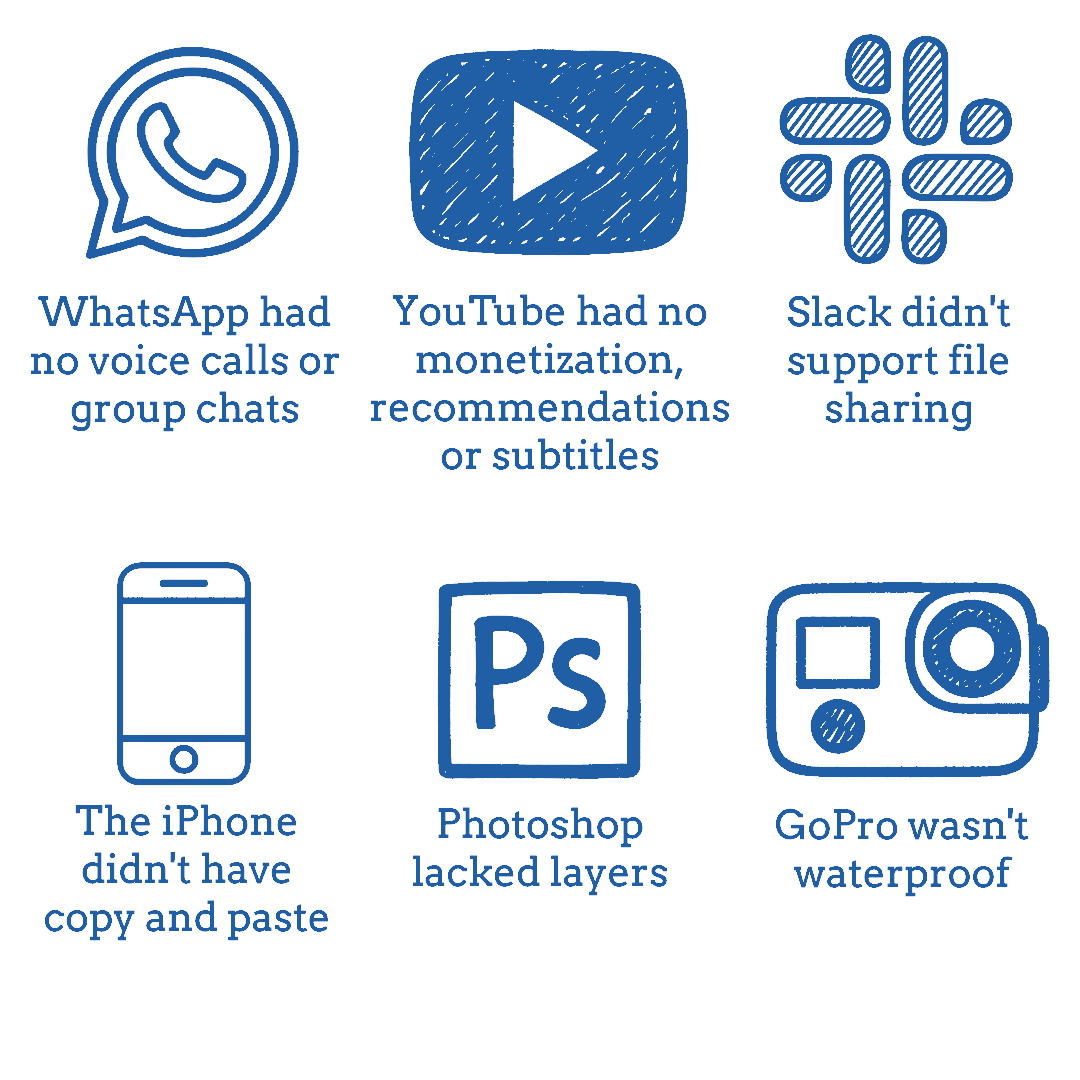
Iteration 6:
Define the "V" for your MVP
The ultimate way to validate your idea is to build a Minimum Viable Product (MVP) or Prototype.The Agile Invention Framework will teach you how to define the scope of your MVP.Forget the dream of launching a perfect product from day one. Be responsible - launch something small, imperfect, and adaptable.
All great products started this way. What mattered was that the core idea was strong. If yours is too, your MVP will find traction—even in a raw state.What Makes an MVP “Viable”? A viable product is better than the alternatives, or at least promises to become better soon. Users should see enough value to start switching from what they currently use. To understand what is viable, you must understand what your users truly care about.Shrink Your MVP by Focusing on a Minimum Viable Segment (MVS). If your MVP feels too complex, you’re probably trying to serve too many users at once.
Iteration 7:
Validation
Validation means observing how reality interacts with your early product - or parts of it. Not imagining, or relying on second-hand stories, but actually observing. The closer you get to the real-world, the better.We validate to determine whether there is Product-Market Fit. To achieve that, you must solve the users’ Primal Problem in a way that works in the real world. If we do this well, your startup earns the right to keep going.Validate early. Validate often.In the Agile Invention Framework, you’ll learn how to:
➔ Conduct effective user interviews. Bad interviews can actually hurt your understanding.
➔ Do qualitative and quantitative research to understand what and why is happening.
➔ Validate ideas.
➔ Run high-quality validation with prototypes.Only move on to the next stage of the Invention Process after successful validation.
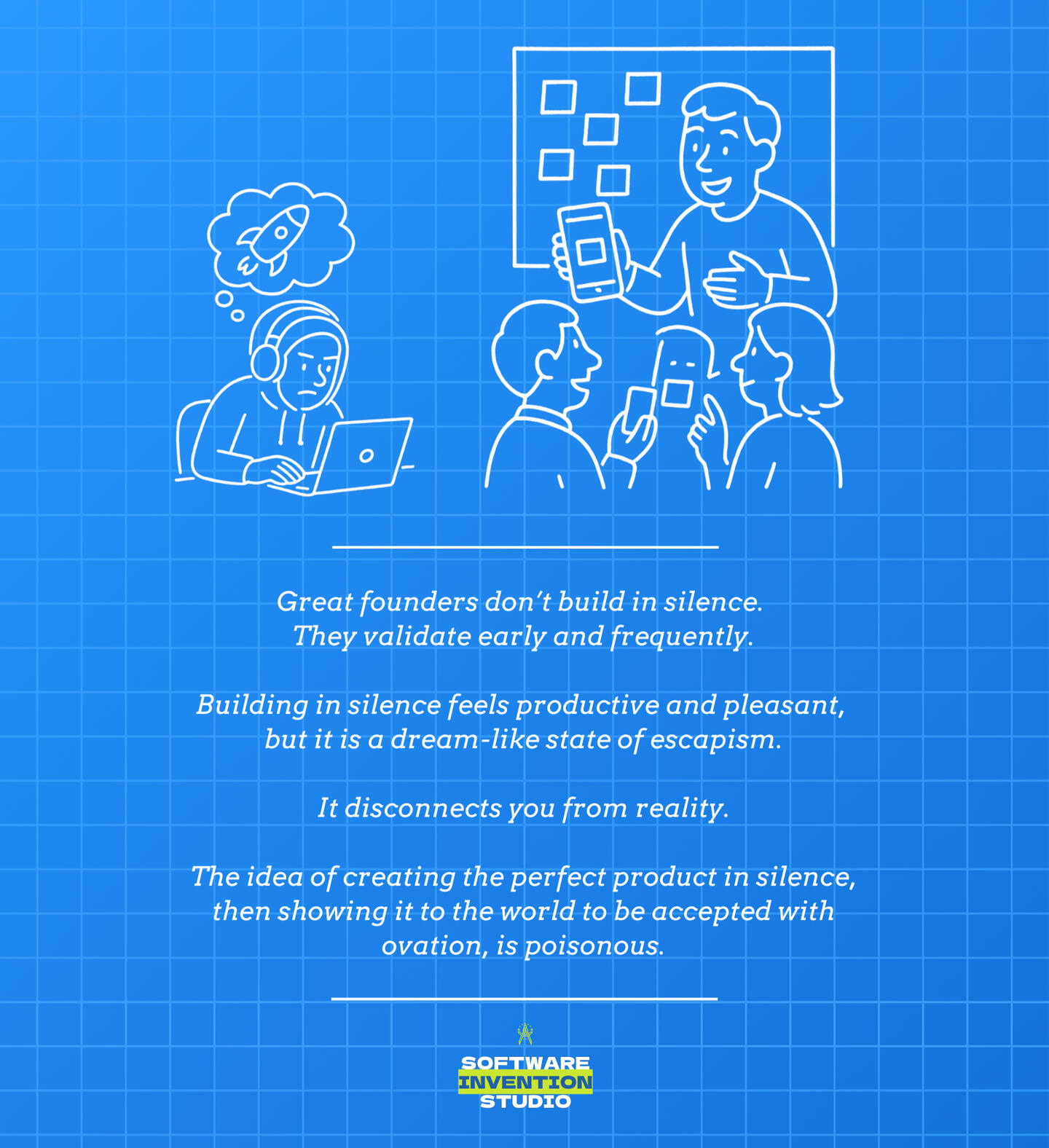

Iteration 8:
BRD
“Never tell people how to do things. Tell them what to do and they will surprise you with their ingenuity.”
- US General George S. PattonA Business Requirements Document (BRD) is a complete description of what the product needs to do to fulfil its business goals.The Product Specification that we will later create informs all stakeholders about what will be built. The BRD informs them why it will be built.Avoid describing specific features. Focus on outcomes and goals. Defining features too early can limit the creativity and problem-solving potential of your development team.The Agile Invention Framework will guide you step by step in creating effective, high-quality BRDs.
Iteration 9:
Product Specification
The Agile Invention Framework will help you consider alternative ways to achieve the Business Requirements and will guide you to the best features for your startup’s needs documented in an easy to understand Product Specification.You invent terms, create wireframes, storyboards, flow charts, etc. Anything that helps elevate everybody’s understanding of the product.In The Agile Invention Framework you will learn:
➔ When and why are wireframes important and how to create them. Bad wireframes can actually hurt your product.
➔ How to thoroughly review the Product Specification to minimize changes during development.
➔ How to align it with all the stakeholders.
➔ How to know when the Product Specification is truly ready for approval.Clarity at this stage saves time in the future, prevents confusion, and sets the foundation for a smoother development process.
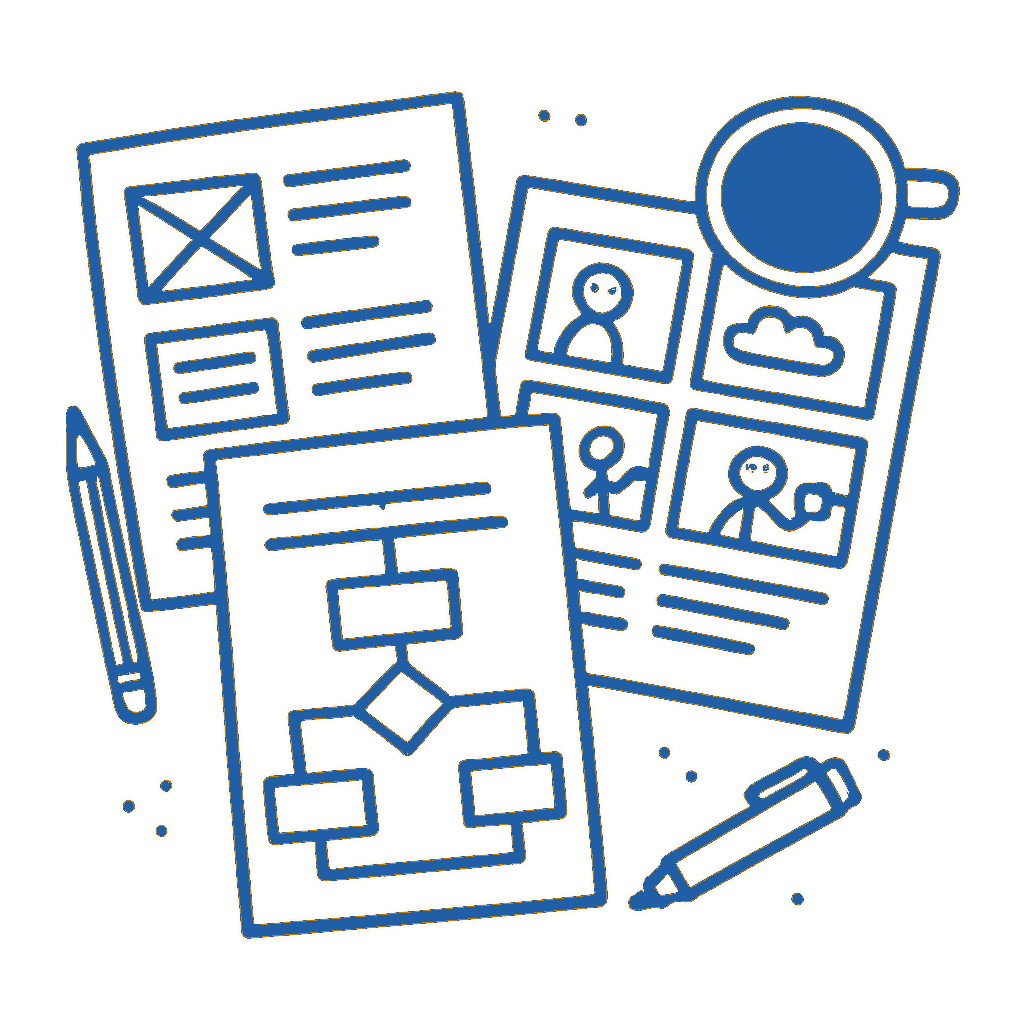
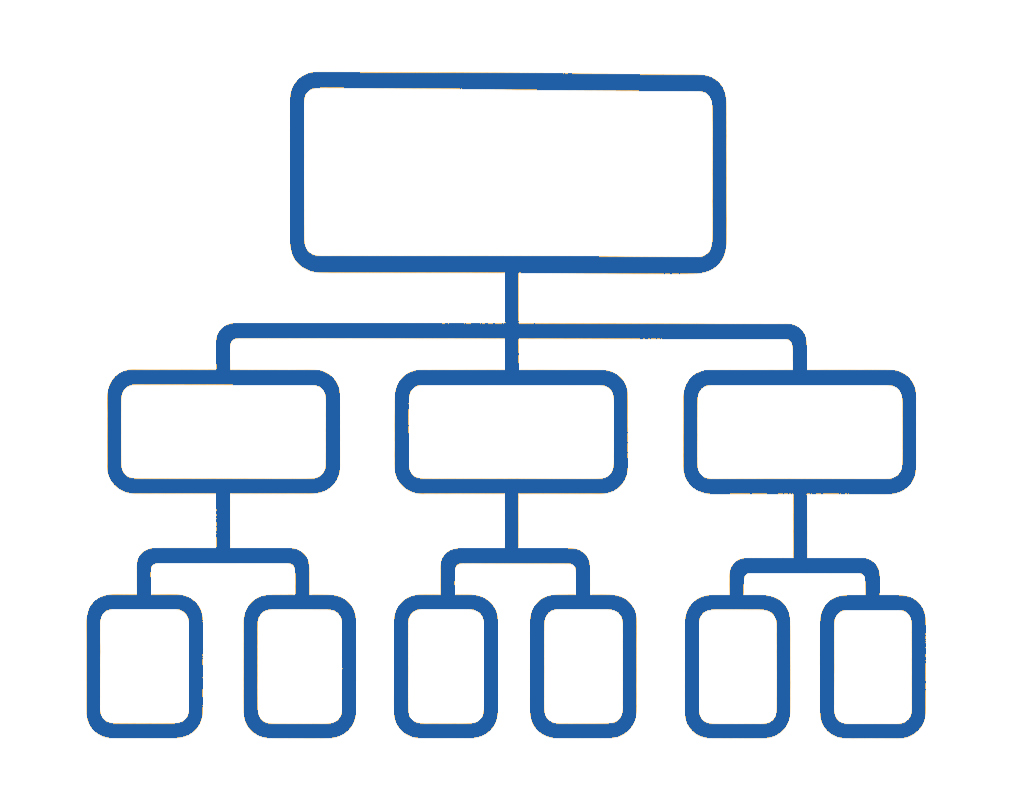
Iteration 10:
WBS
A Work Breakdown Structure (WBS) is to a project what a storyboard is to a movie. It is the step between the Product Specification and the final Product. Just like the storyboard comes between the script and the finished film. Both break down a huge amount of information into smaller, manageable pieces that can be planned, talked about, modified, skipped safely or rearranged.Turning the many features in the Product Specification into a product can feel overwhelming. The hierarchical structure of the WBS helps us navigate complexity by hiding the layers of abstraction that are not relevant at the moment. We break the entire work down into Epics then into Stories and further into Tasks.A well-structured WBS is essential:
➔ Tracking progress becomes easy
➔ Communication flows better and transparency rises
➔ The workload feels manageable and predictable
➔ It is easier to avoid scope creep and other obstaclesIn The Agile Invention Framework you will learn best practices in creating and managing WBS that is at the core of efficient development.
Iteration 11:
Product increments
Organise development to consistently deliver finished product increments. These product iterations may have limited functionality, but they must be free of bugs and incomplete features. While this is challenging, it’s essential - it allows real user feedback to guide development, helping you reach Product-Market Fit faster.The benefits of having frequent, finished product iterations include:
➔ Users interact with the product independently - this is the strongest form of validation.
➔ You can start building valuable relationships with early adopters sooner.
➔ You’re able to soft-launch earlier.
➔ The team experiences the full production cycle regularly and fixes inefficiencies early.
➔ Your risk and dependency on the agency are reduced.In The Agile Invention Framework you will learn:
➔ How to structure work to receive regular, finished product iterations.
➔ What actions you, as the entrepreneur, must take to ensure high-quality output.
➔ How to make the most of the product iterations.

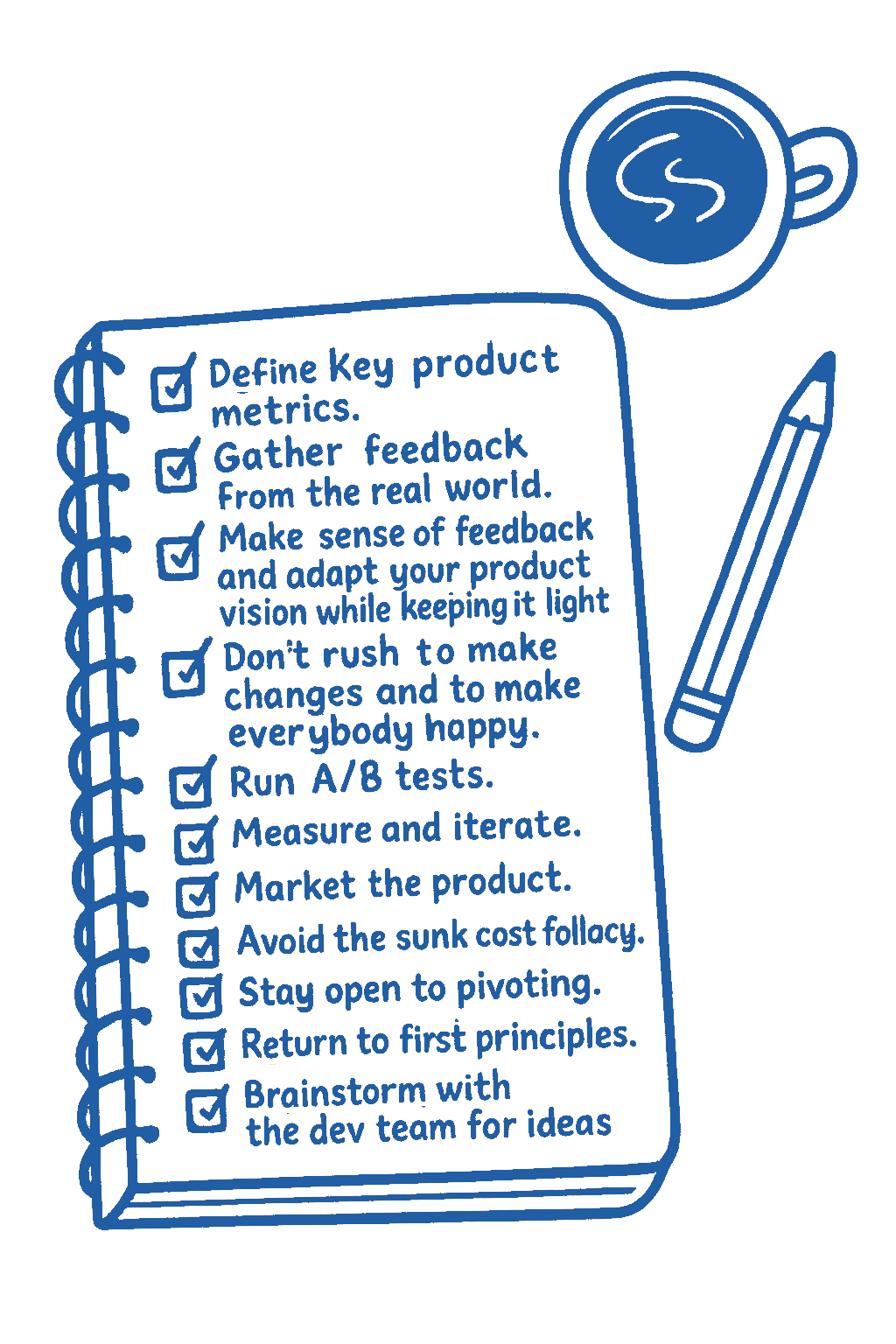
Iteration 12:
Product
Now that your product is live, it is the best time to observe, understand and shape your next steps.Your ultimate goal is to strengthen the Product-Market Fit.
Don’t fall in love with your product just yet - chances are, it’s not quite there, and significant changes are still needed.While ongoing product improvement is outside the direct scope of The Agile Invention Framework, you will learn key good practices for after the launch.
part 3🧰
skills & tools
Invention insights
Great inventors have a toolset and mindset that helps them achieve Product-Market-Fit faster.With The Agile Invention Framework you will internalise golden rules of invention.And you will learn two key techniques that will help you get out of difficult situations - The Double Diamond and the Design Sprint.
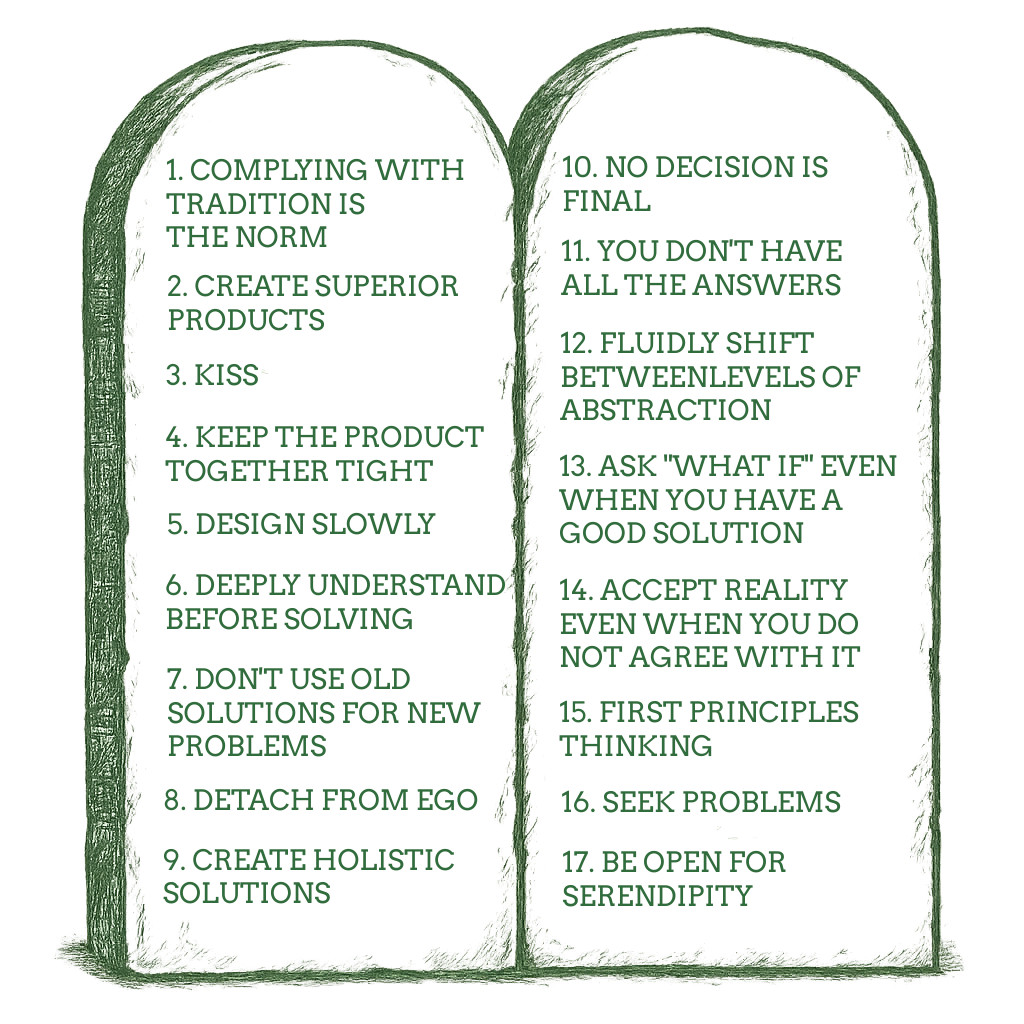
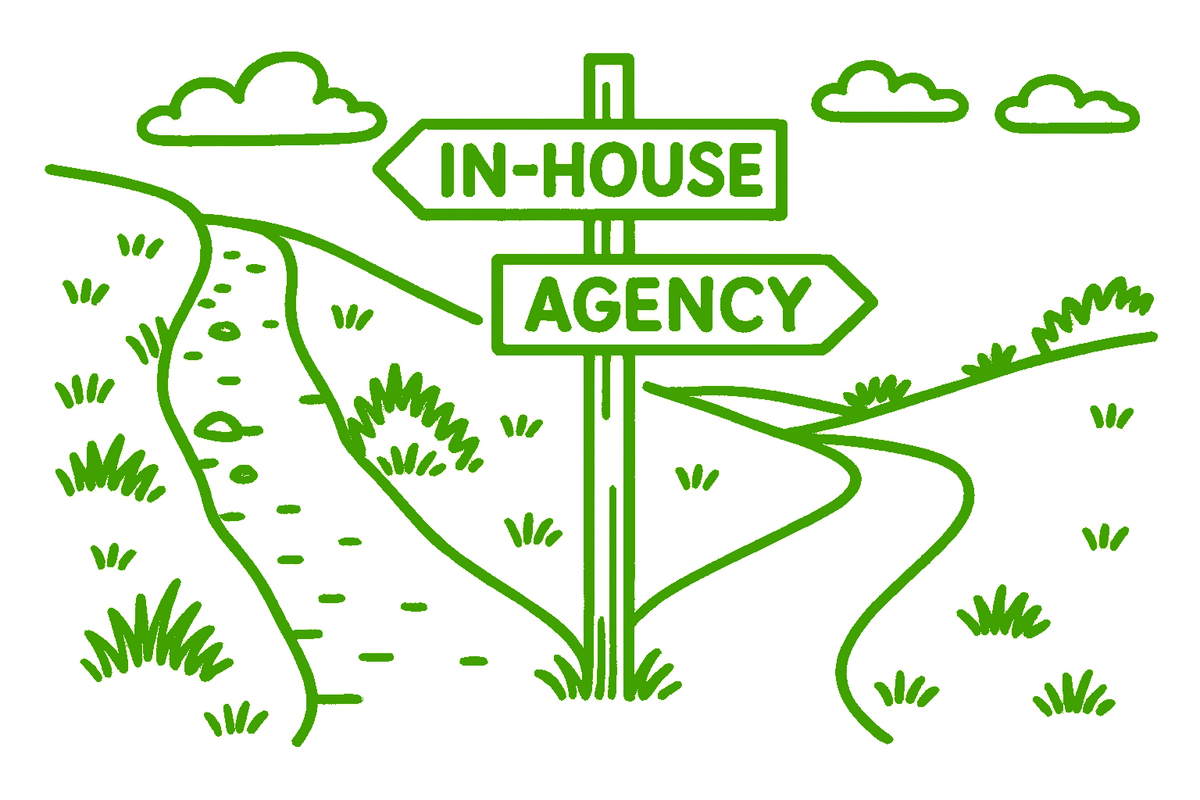
Develop
In-House or with an Agency
This is a critical and hard to reverse decision that the TIPS Framework will help you make.Go In-House if:
➔ Your product is highly innovative or needs exceptional polish.
➔ Software development is core to your business.
➔ You have prior experience or a trusted technical partner.
➔ You value high team autonomy.Go with an Agency if:
➔ You’re new to building software and want to reduce risk.
➔ You need flexibility or expect a lot of changes.
➔ Your company’s main focus isn’t the software itself.
➔ You need speed.A popular path: start with an agency to move fast, and build your in-house team after you reach Product-Market Fit.
Understanding Estimates
Provide agencies with your Elevator Pitch, Product Brief and Business Requirements Document. In return they will send you a detailed breakdown of the work involved, estimated development timeline and budget.The estimate that the agency will give you will be wrong, but you should always ask for an estimate, even if the agency will not commit to it.In The Agile Invention Framework, you’ll learn:
➔ The difference between Fixed Cost and Time & Materials (T&M) estimates and when each is best.
➔ How to evaluate, compare, and optimise estimates.
➔ Common tricks agencies use - and how to avoid them.
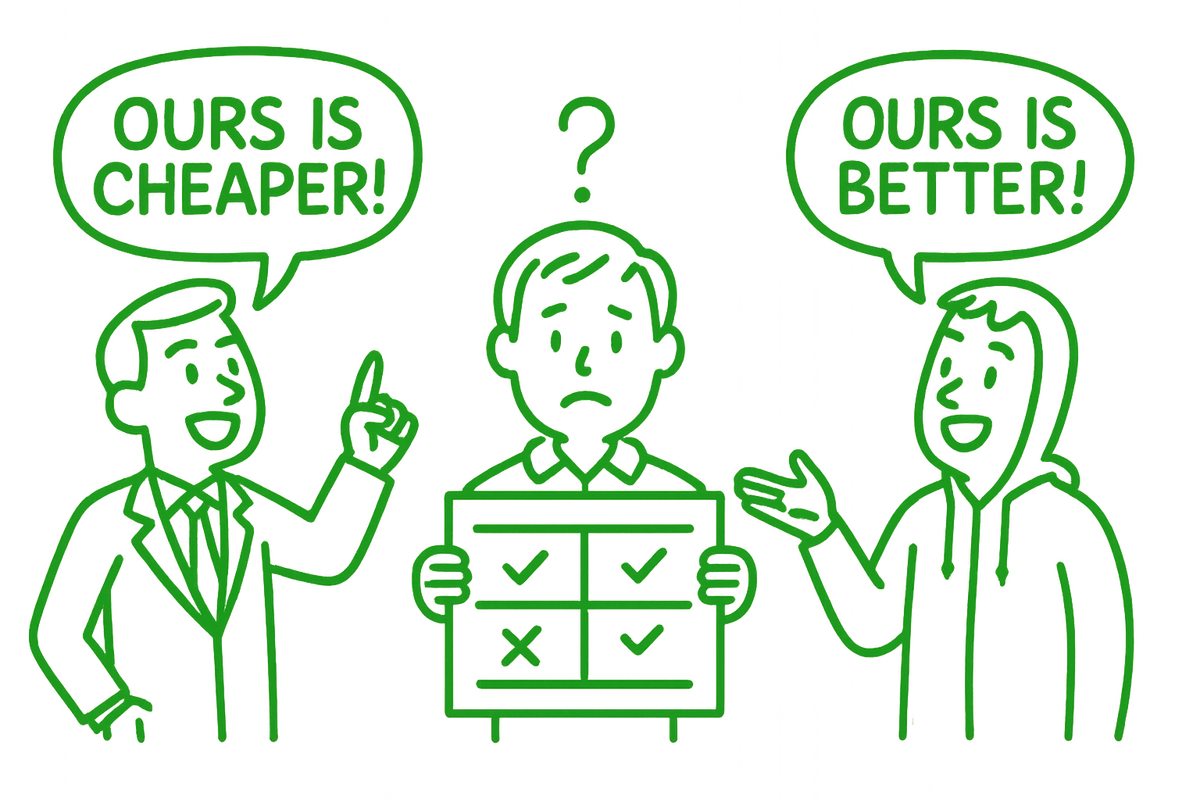

Selecting the Right Agency
Choosing the right agency can make or break your business—and will have a huge impact on your stress levels.A good agency behaves like a good doctor. A bad agency behaves like a good waiter.In The Agile Invention Framework you will learn:
➔ How to recognise the traits of good vs. bad agencies.
➔ How to ask the right questions and assess what’s beneath the surface.
➔ How to choose the agency that truly fits your needs.
➔ What steps to take after selecting the best agency to set the partnership up for success.
Contract
In The Agile Invention Framework, I’ll walk you through the most important principles to keep in mind when reviewing contracts with a development agency.Some principles apply to all contracts and some are specific for software development.Creating a solid and fair contract will help you avoid costly mistakes. You will get my honest perspective as an agency manager.
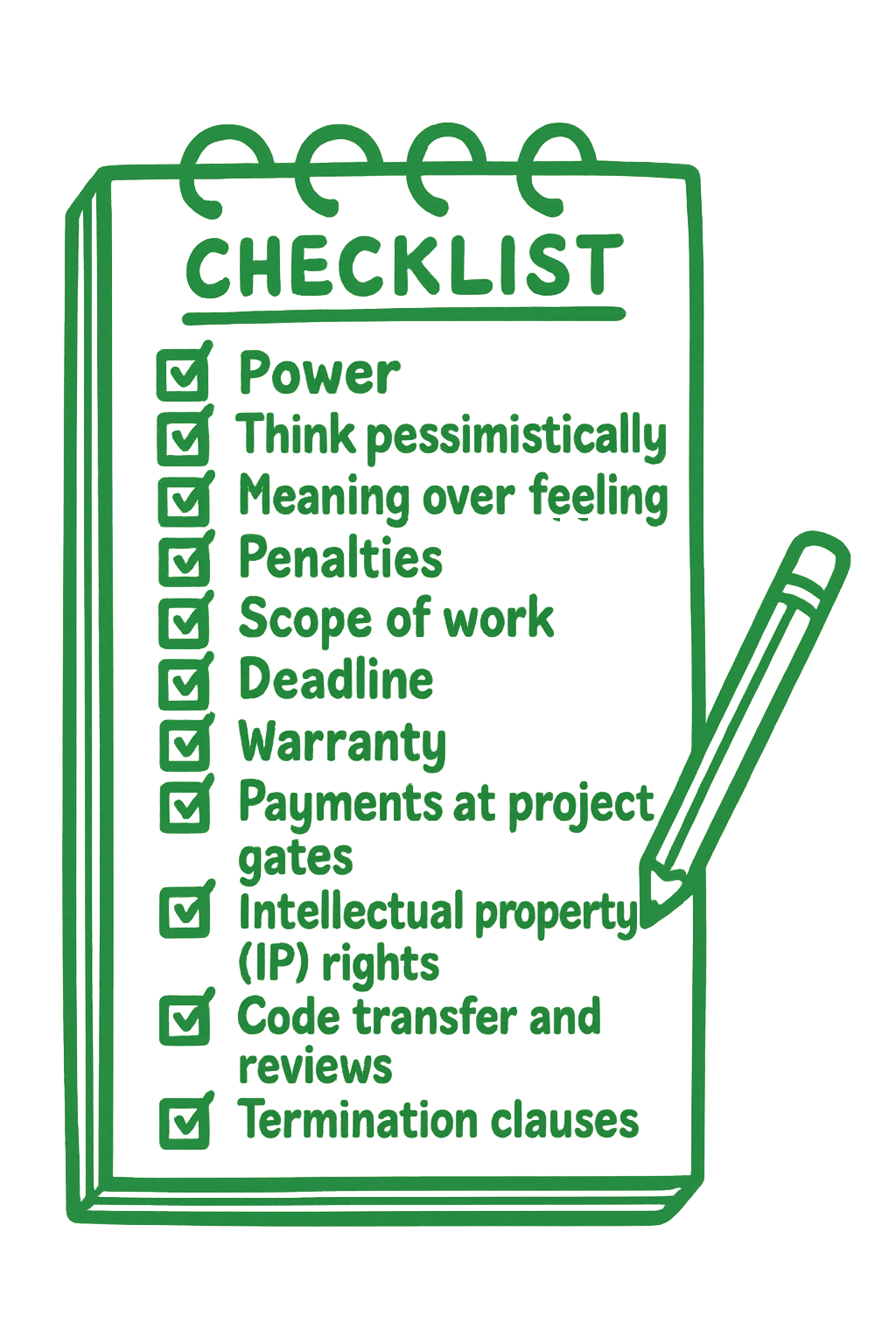

Weaving Phase
During the Weaving Phase we turn Business Requirements into buildable features. The development agency works closely with the entrepreneur to create the Product Specification, using the Business Requirements Document (BRD).This phase is a continuous back-and-forth between business and technology - a collaborative process where both sides bring their strengths to the table to create a total that is greater than the sum of its parts.The Agile Invention Framework will teach you:
➔ How to run an effective Weaving Phase.
➔ Common challenges and how to avoid them.
➔ The three key goals you must achieve by the end of it.A well-run Weaving Phase:
➔ Saves time during development and lowers risk.
➔ Increases product quality and efficiency.Planning well means building smart.
Development
In The Agile Invention Framework you will learn how to oversee the management of software development and will understand key good practices that you can implement:
➔ Agile
➔ Project Gates
➔ Definition of Done
➔ Statuses
➔ Single Point of Contact
➔ Manual and Automation QA
➔ Access to Intellectual Property
➔ Documentation, Documentation, Documentation
➔ Estimate Burndown and Progress ReportsI will help you understand how lead an agile team, select the right Project Management software, understand the basics of good UI/UX, how to give feedback to designers and more.
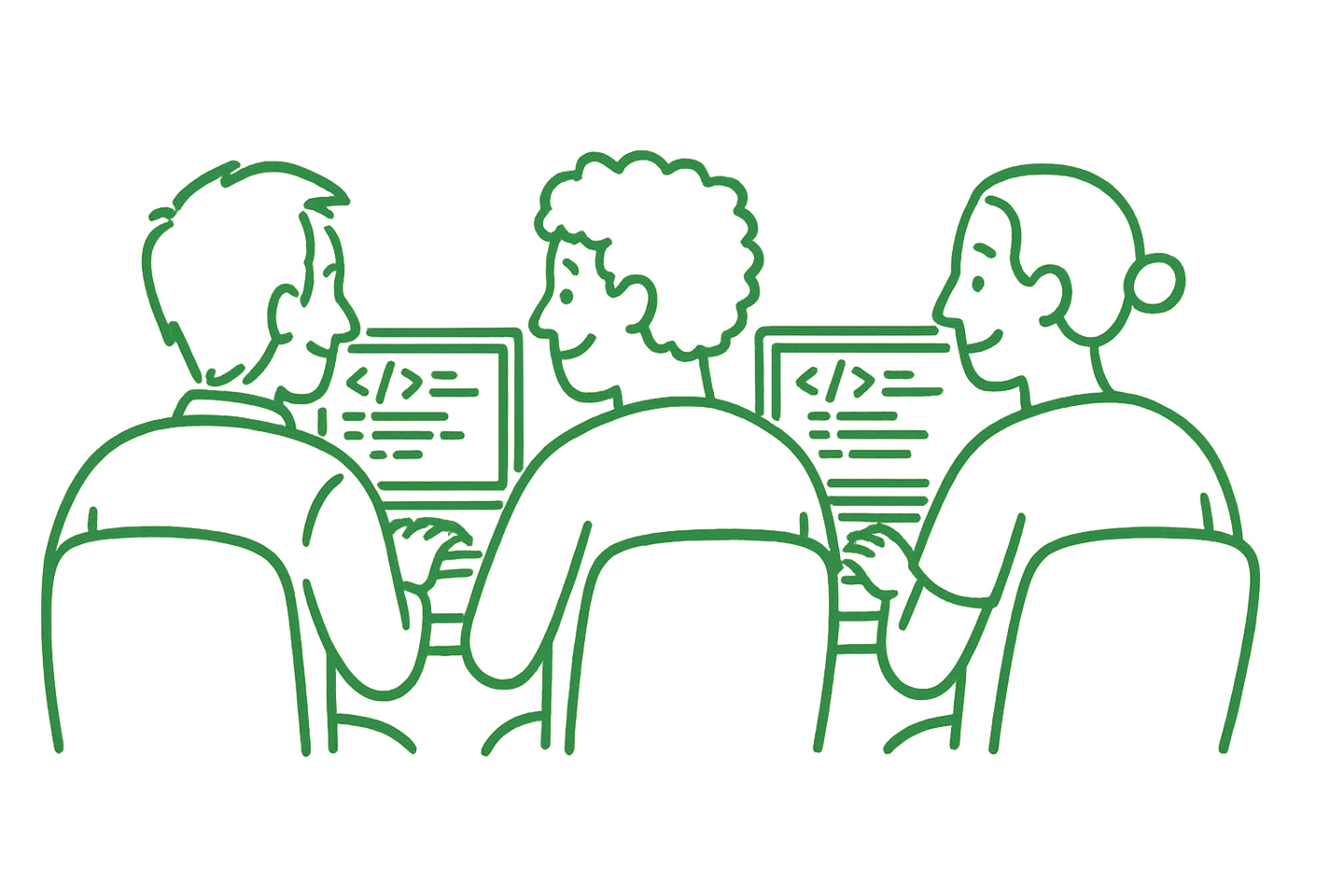
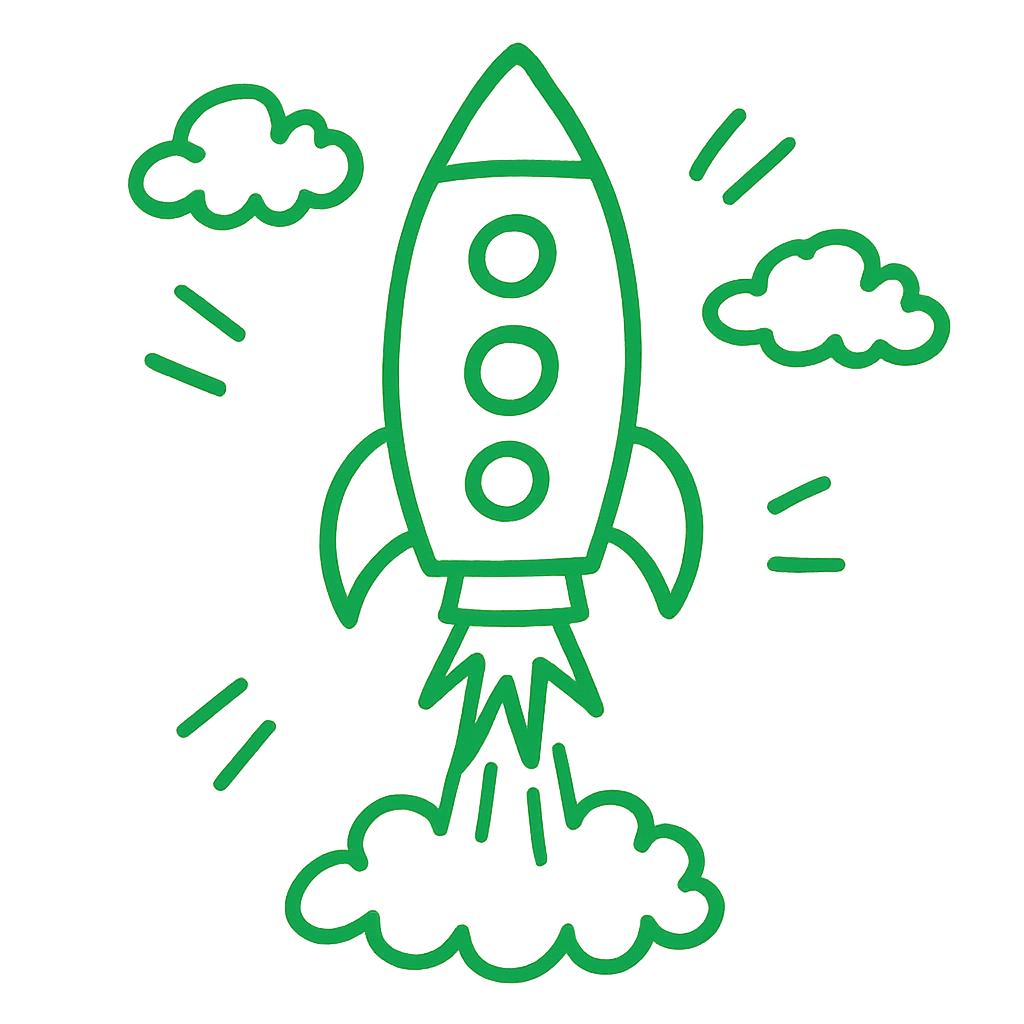
Publishing
In The Agile Invention Framework you will find practical guidance to follow before going live with your product:
➔ Various tracking options you should have in place.
➔ Domain, hosting and environments basics.
➔ Sign-off best practices.
➔ Stakeholder alignment.
➔ Reducing risk and dependency on the agency.
Let's talk
Use the contact form below or book a meeting to discuss how
The Agile Invention Framework can help you reach Product-Market-Fit faster.
© 2025 The Software Invention Studio. All rights reserved.
get the manuscript
Request early access to The Agile Invention Framework manuscript before it’s published.
Inside, you’ll find a practical, step-by-step guide packed with real-world examples designed to help you confidently turn your ideas into successful software products.
Written by Ivan Kiryazov


